Il nostro indirizzo sarà Monk's House, con nicchie per l'acqua benedetta ed un grande focolare, ma ciò a cui più sento di appartenere è il suo giardino.
Non vi dico altro, poichè, dovete venire a sedervi lì sul prato con me, a passeggiare nel meleto, a raccogliere - ci sono ciliegie, prugne, pere, fichi, insieme con tutte le verdure.
Questo sta per diventare l'orgoglio del nostro cuore, vi avverto. 1
The Times, 14 August, 1919
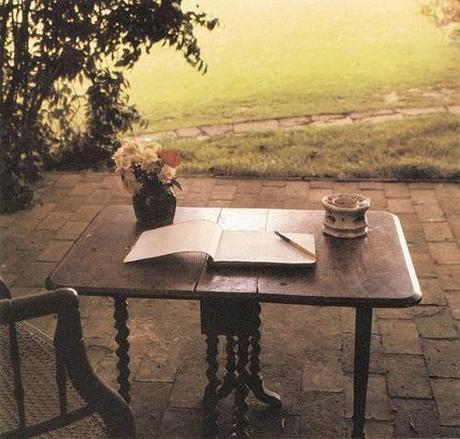
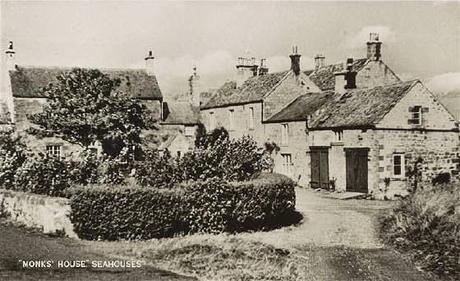
Quando lo vide per la prima volta con Leonard Virginia non ne rimase entusiasta, dovette tornare da sola, il giorno dopo in bicicletta, lottando contro un vento fastidioso, per dialogare da sola con ogni suo angolo, ogni sua pietra, per divenire infine soggiogata dal fascino antico che questo cottage della campagna che sempre ha amato sprigionava: seppure di piccole dimensioni, tale piccolo e modesto rifugio di campagna, edificato nel XVII° secolo quale casa colonica, situato nel cuore della parte più rurale della contea, era perfetto per i due esponenti più carismatici del gruppo di Bloomsbury, il luogo ideale in cui potersi ritemprare dalla confusione caotica della grande città ed in cui poter dare libera espressione alla loro dirompente artisticità.
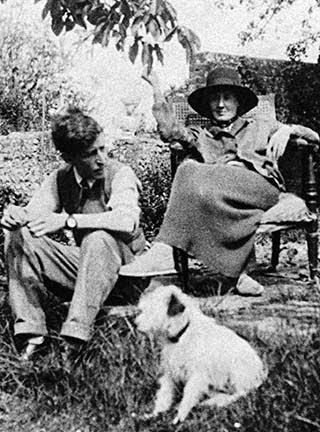
Leonard e Virginia fotografati a Monk's House nel 1926 da Vita Sackville-West
Al tempo i Woolfs non disponevano di grandi capitali, la malattia di Virginia stava facendosi sempre più seria - il carattere così fragile che faceva di lei una fine e sensibile scrittrice la condusse a soffrire di episodi depressivi seguiti da profondi stati di isolamento che si fecero col tempo sempre più frequenti e più gravi tanto che allora aveva già tentato di togliersi la vita ed era reduce da uno dei numerosi ricoveri in clinica -, ma non esitarono nello spendere gran parte degli averi che erano loro rimasti per ristrutturare, ampliare l'edificio originario e per portare a termine il progetto che riguardava l'allestimento del giardino in un secondo tempo.
Per i primi anni i Woolfs si adattarono a vivere umilmente in un vecchio cottage che non disponeva di elettricità, di acqua corrente, di un bagno e dal cui tetto filtrava la pioggia, ma questo modo di vivere, così, giorno per giorno secondo modi e tempi lontani da quelli di Londra, non faceva che accrescere il fascino che su di loro Monk's House esercitava;
"... Ciò che ha l'effetto più profondo e permanente su di una persona e sul suo modo di vivere è la casa in cui dimora. La casa determina giorno per giorno, di ora in ora, minuto per minuto, la qualità, il colore, l'atmosfera, la pace della propria vita; è la cornice di ciò che si fa, di ciò che si può fare, e delle proprie relazioni con le persone " 2

Virginia imparò a fare il pane in casa, si dedicava a raccogliere frutta e verdure e a preparare conserve, ad aiutare il marito ad invasare il miele prodotto dalle loro api (orgogliosamente italiane !); la sua vita, fino ad allora socialmente così tanto attiva, condotta cercando di trovare un costante punto di equilibrio che la tenesse lontana dall'incombente minaccia della malattia psichica e da una femminilità complessa vissuta in modo conflittuale, tra impegni mondani e pubblicazioni di romanzi, racconti, recensioni, saggi, artisticamente intensa, ebbe sicuramente qui i momenti più significativi: la penna raffinata ed elegante che ci descrive gli stati d'animo, i ricordi, i turbamenti della compassata Clarissa Dalloway, delusa dalla vita e dalle sue scelte, vergò qui le pagine più significative e profonde in assoluto, quelle in cui si ravvisa il maggiore spessore psicologico, il ripiegamento in una sfera di affetti e di valori privati e quotidiani volta ad esprimere, seppure velatamente, e mai dichiaratamente con intento autobiografico, l'interiorità dell'autrice, in una narrazione fatta non di eventi che appartengono al tempo reale, ma di esperienze, di accadimenti interiori, qui in questa modesta capanna che si affaccia sul giardino, qui, a Monk's House dove Virginia possedeva ' una stanza tutta per sè '.
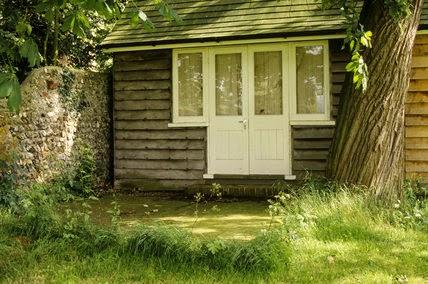
"Ho tratto la più profonda ispirazione dallo scrivere qui - in un dialogo dell'anima con l'anima - [ ...]
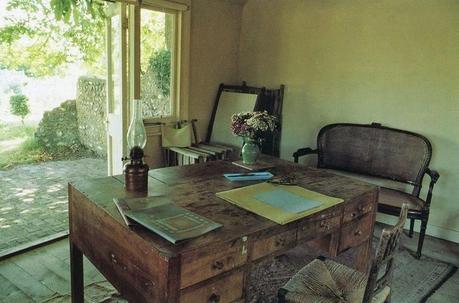
Questo non è uno scrittoio comune, non una di quelle scrivanie che si possono acquistare a Londra o ad Edimburgo, che si vedono in casa di qualcuno quando vi si va a pranzo, questo è uno scrittoio simpatico, pieno di carattere, fidato, discreto, molto riservato . "3
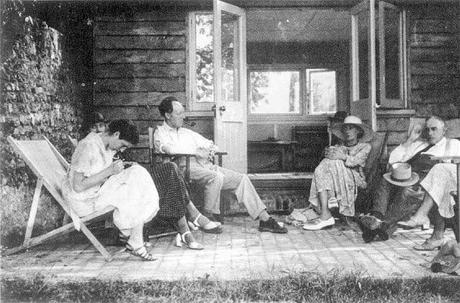
Socialising in the sun - alcuni degli esponenti del gruppo di Bloomsbury - (L-> R) Angelica/Vanessa/Clive Bell, Virginia Woolf, Maynard Keynes.
In questo luogo idillico ella trovò la propria giusta dimensione, almeno per qualche tempo, dando vita ai suoi lavori più prolifici e tutt'ora più apprezzati, in un luogo che la vedeva totalmente immersa nella natura, ancor più quando un decennio dopo l'acquisto della proprietà ad essa venne unito un appezzamento di terreno confinante per ampliare ulteriormente la visuale sul verde: continuando con il pubblicare i loro scritti e crescendo in fama la casa editrice cui avevano dato vita nel 1917, la Hogart Press, poco per volta il capitale dei Woolfs crebbe ed essi lo utilizzarono sapientemente dividendolo tra acquisti di libri, quadri, un'auto ed il terreno di Pound Croft field, appunto, a cui avrebbero fatto seguito quelli dei dettagli per rendere sempre più suggestivi ed accoglienti gli spazi all'aria aperta.
"... Con la prospettiva di incremento degli utili e pieno di progetti ambiziosi per il giardino, l'acquisto del campo divenne una reale possibilità. Leonard scrisse al suo proprietario, il famoso capitano dal nome Stamper-Byng, nel mese di agosto 1926. 'Sono particolarmente ansioso di acquistare il pezzo di altura del campo che corre lungo la mia parete nord ed il muro del cimitero al fine di includerlo nel mio giardino. Possiedo appena un ettaro di terra una buona dose del quale è adibita a frutteto e vorrei dedicare più tempo al giardinaggio sarei ben disposto a comprare anche il resto del campo, al fine di ottenere la stretta striscia di collinetta, anche se, in realtà, non dovrei usarlo ' [...] Di conseguenza all'acquisto del nuovo terreno è mutato ciò che sento per Rodmell. Comincio a scavare in me stesso e sentirmene parte. E farò costruire un altro piano per la casa, se faccio i soldi. " 4
Il suo contributo nel restauro Virginia lo diede dedicandosi ad affrescare le pareti dei vani facenti parte il corpo originario dell'abitazione e ad arredarli utilizzando alcuni dei mobili preparati per lei dalla sorella maggiore Vanessa, l'artista di famiglia, divenuta moglie di Clive Bell e famosa pittrice, una delle maggiori esponenti del Bloomsbury Set; contrariamente alla carissima amica Vita ( Sackville-West ) ella non era esperta in
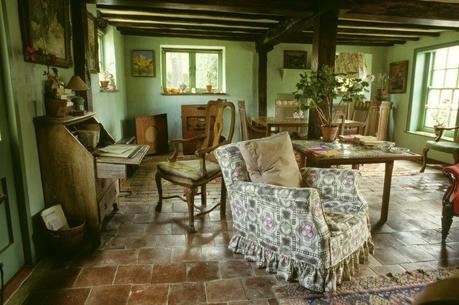
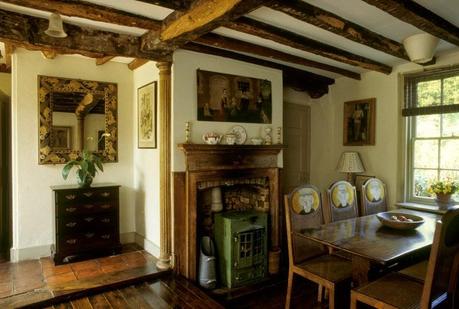
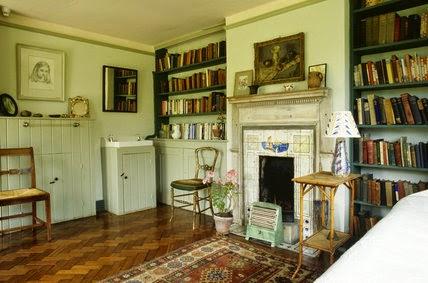
giardinaggio, ed anzi nella loro corrispondenza l'argomento è persino quasi mai citato ( solamente in un'occasione ella, dopo una gita in Toscana che la colpì in modo particolare, le chiese consiglio su dove poter acquistare vasi ed una statua in stile italiano, che poi trovò presso lo spaccio di Barcombe ), ma va detto che fu Leonard celebre politico, statista e scrittore a sua volta, in modo del tutto sorprendente, a scoprirsi appassionato giardiniere ed orticultore: era lui infatti che si occupava di trapianti, innesti, coltivazione di ortaggi, della posa di mattoni per i camminamenti ( analogamente a come fece Gertrude Jekyll anch'egli utilizzò nella pavimentazione alcune vecchie macine in pietra dell'antico Rodmell Mill, i cui proprietari nel 1800 abitavano proprio a Monk's House) e della costruzione di serre in quello che per Virginia era divenuto una sorta di santuario.
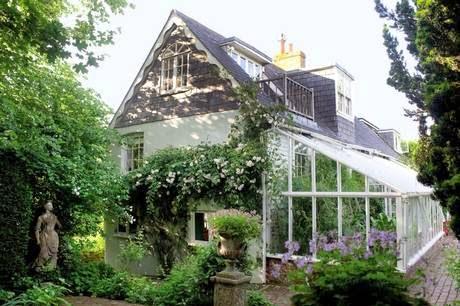
'mai prima d'ora il giardino è stato così bello ... acceca lo sguardo con i colori rossi e i rosa e i viola e i lilla' 5
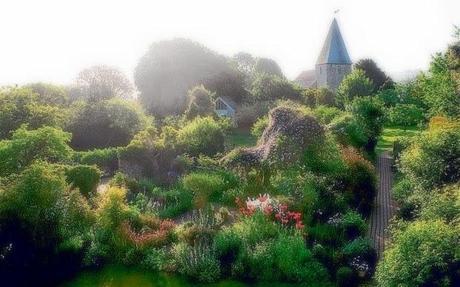
Essendo i momenti più significativi della loro produzione artistica e della loro vita insieme legati a questi luoghi ameni le loro ceneri non potevano che riposare qui dove ancor oggi, dopo l'acquisto da parte del National Trust avvenuto nel 1980 ed il recupero operato da Caroline Zoob, che per poco più di dieci anni, incaricata da tale organizzazione, ivi si trasferì con il marito cercando di riportare alla luce l'amorevole operato dei Woolfs con un risultato di mirabile successo, si percepisce la continuità della forza del tempo che sopravvive alla morte in ciò cui ci si dedica con devozione ed amore, quell'amore capace di eternare anche gli attimi più fuggevoli.
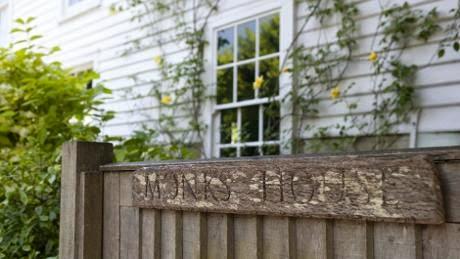
Così scrive Cecile Woolf:
HO VIAGGIATO INDIETRO NELLA MEMORIA attraverso circa sette decenni caotici, per tornare a quando, all'età di uno scolaretto, prima della seconda guerra mondiale, ho avuto il piacere di soggiornare presso Monk's House con lo zio e la zia, Leonard e Virginia Woolf. Leonard era uno dei fratelli maggiori di mio padre.
Credo fosse nel 1936 circa quando trascorsi un fine settimana in quella bella casa ed in quell'incantevole giardino. Conservo una foto con gli occhi della mente del momento del mio arrivo a Monk's House, di quando spinsi ed aprii il cancello di legno scricchiolante, che era l'indicazione per quello che sembrava un branco di cani eccitati, ma amichevoli, trattenuti sul sentiero di mattoni che corre lungo l'estremità della casa.
Leonard probabilmente uscendo da una serra, viene a salutarmi con il suo bel sorriso e la sua forte stretta di mano. Egli è sulla sessantina, di statura media, magro, abbronzato, con una folta chioma di capelli d'argento. I suoi occhi sono grigi ed il suo volto è profondamente solcato da rughe. La sua testa, protesa in avanti, è lunga e scarna. Ha il profilo di un profeta dell'Antico Testamento che fuma la pipa. Indossa un paio di vecchi pantaloni di velluto ed una giacca un po' malandata da bracconiere di tweed grossolano. Le sue scarpe sono fatte di buon cuoio. Sulla sua spalla è appollaiata una piccola scimmia, una marmoset chiamata Mitzy. Virginia, interrotta dall'abbaiare del cane, attraversa con fare ozioso il prato provenendo dalla piccola capanna in cui scrive. 6
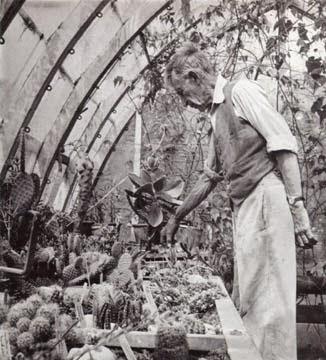
Mi piace infine congedarmi da voi con questo ritratto di Virginia che credo più di ogni altro esprima appieno la sua delicatezza, e così mi piace ricordarla ...
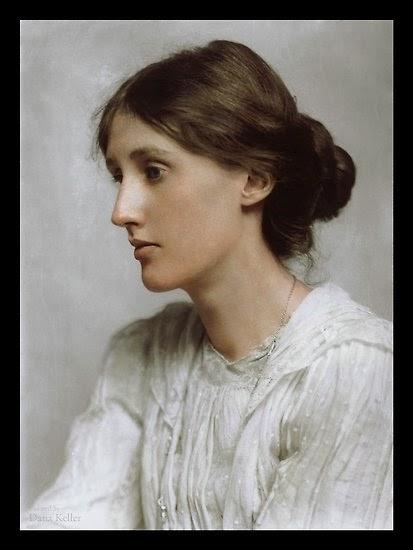
Virginia Woolf, 1902, by Dana Keller
... il suo modo intimistico di rapportarsi alla realtà ed il suo leggere con fare indagatorio e speculare i moti più intimi dell'animo dei suoi personaggi, privando la narrazione di ogni 'antica' e classica linearità, hanno fatto di lei una delle più apprezzate scrittrici del XX° secolo ed una delle più convinte assertrici della questione femminile.
Spero di essere riuscita almeno in parte a trasmettervi l'entusiasmo con cui ho approfondito questo argomento, a me già caro, e preparato questo mio scritto, in gran parte comunicatomi dalla lettura di questo incantevole libro
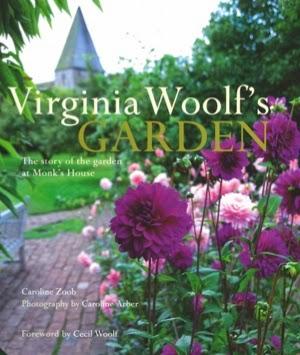
che a tutta prima può sembrare un libro dedicato agli amanti del giardinaggio, ma, credetemi, è molto di più, è un testo quasi autobiografico che narra esperienze di vita vissuta attraverso gli ambienti ed i luoghi in cui Leonard e Virginia hanno lasciato la loro indelebile traccia, scritto con passione da Caroline Zoob e corredato dalle fotografie di Caroline Arber, che magicamente restituiscono agli ambienti esterni recentemente ricreati l'originaria atmosfera.
Un caro saluto, amici miei, dal profondo del cuore, per ringraziarvi, sempre, per la dedizione, l'entusiasmo e l'interesse con cui mi seguite !
A presto ♥
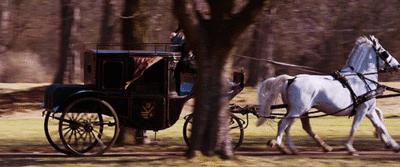

Bibliografia:
Caroline Zoob, Virginia Woolf's GARDEN- The story of the garden at Monk's House, Photography by Caroline Arber, Foreword by Cecil Woolf, Jacqui Small LLP, London, 2013
Citazioni:
1- Caroline Zoob, Virginia Woolf's GARDEN- The story of the garden at Monk's House, Photography by Caroline Arber, Foreword by Cecil Woolf, Jacqui Small LLP, London, 2013, page 20
2 - op. cit., pag. 8
3 - Ibidem, pag. 119
4 - Ibidem, pag. 30
5 - Ibidem, pag. 93
6 - Ibidem, Foreword, pag. 6

“Our address will be Monk's House, with niches for holy water and a great fireplace; but the point of it is the garden.
I shan’t tell you, though, for you must come and sit there on the lawn with me, or stroll in the apple orchard, or pick – there are cherries, plums, pears, figs, together with all the vegetables.
This is going to be the pride of our hearts I warn you.”1
The Times, 14 August, 1919
- picture 1
It was the first day of the month of September 1919, the Great War had just ended, when the Woolfs, following their furniture transported on a wagon owned and driven by a local farmer, moved to Monk's House, a small cottage in the ancient village of Rodmell, dominated by the bell tower of the St. Peter's church dating back to the XIIth century, in the county of West Sussex, located in south eastern England; so their London home, ceased to be their official residence.
- picture 2
When Virginia saw it for the first time with Leonard she wasn't so excited, she he had to return alone, the very day after, riding her bycicle, fighting against an annoying wind, to converse alone with its every corner, every stone, to become eventually subdued by the ancient charm that this cottage of the countryside that she loved since ever emanated: although small in size, this modest country retreat, built in the XVIIth century as a farmhouse, situated in the heart of the most rural county, was perfect for the two the most charismatic members of the Bloomsbury Group, the ideal place in which to restore from the chaotic confusion of the big city and where could give free expression to their disruptive artistry.
- picture 3
At the time the Woolfs didn't have a large amounts of capital, Virginia's desease was becoming more and more serious - her so fragile character that made her a fine and sensitive writer led her to suffer from depressive episodes followed by deep states of isolation that grew with time to become more and more frequent and severe so that at that time she had already attempted to take her own life and was back from the last recovering in the clinic - but they didn't hesitate in spending most of their belongings that were left to renovate, expand the original building and to complete the project involving the construction of the garden at a later time.
For the first few years, the Woolfs adapted themselves to live humbly in an old cottage that had no electricity, running water, a bathroom and with the roof leaked in the rain, but this way of life, so, day by day according to ways and times so far from the London ones, did nothing but increase the charm that Monk's House exerted on them;
"... what has the most deepest and permanent effect upon oneself and one's way of living is the house in which one lives. The house determines the day-to-day, hour-to-hour, minute-to-minute quality, colour, atmosphere, peace of one's life; it is the framework of what one does, of what one can do, and of one's realations with people"
Leonard Woolf, 2
- picture 4
Virginia learned to make bread at home, she devoted herself to pick up fruits and vegetables and make preserves, to help her husband to pot the honey from their bees (proudly Italian!); her life, hitherto so much socially active conducted trying to find a steady balance point able to keep her away from the impending threat of mental illness and a complex femininity lived conflictually, among social engagements and publications of novels, stories, reviews, essays, artistically intense, here found definitely the most significant moments: the refined and elegant pen that describes the moods, the memories, the troubles of the prim Clarissa Dalloway, disappointed by her life and her choices,wrote here the most remarkable and profound pages of all, those in which we can find the greater psychological depth, the 'folding' into a sphere of affections and private and daily values to express, albeit covertly, and never overtly with autobiographical intent, the authoress' interiority, in a narrative made of events that don't belong to the real time, but of experiences, of inner events, here in this small hut overlooking the garden, here at Monk's House where Virginia had ' a room of her own '.
- picture 5
"I had so much of the most profound interest to write here – a dialogue of the soul with the soul -[...]
- picture 6 -
This is not an ordinary desk, not such a desk you might buy in London or Edimburgh you see in anybodies [sic] house when you go to lunch; this deck is a sympathetic one, full of character, trusty, discreet, very reserved." 3
- picture 7 - Socialising in the sun - some of the members of the Bloomsbury group -
(L-> R) Angelica / Vanessa / Clive Bell, Virginia Woolf, Maynard Keynes.
In this idyllic place she found her proper size, at least for some time, giving life to her most prolific and still most popular writings, in a place that saw her totally immersed in nature, even more when a decade after the purchase of the property it was joined a plot of land adjacent to further expand the view on the green: going on publishing their writings and growing the reputation of the Hogarth Press, which they gave birth in 1917, little by little, the capital of Woolfs grew and they used it wisely dividing it among purchases of books, pictures, a car and the Pound Croft field, in fact, to which would have followed those of the details to make otdoor spaces more attractive and comfortable.
" ... with the prospect of increased earnings and filled with ambitious plans for the garden , buying the field became a possibility. Leonard wrote to its owner, the formidably named Captain Stamper-Byng, in August 1926: 'I'm particularly anxious to purchase the piece of high ground of the field running along my north wall and the churchyard wall in order to take into my garden. I have barely an acre of land and a good deal of that is orchard and I should like to extend my gardening. I should be quite willing to buy the rest of the field in order to get the narrow strip of high ground, though, as a matter of fact, I should not use it.' [ ...] Owing the field has given a different orient to my feelings about Rodmell. I begin to dig myself in & take part in it. And I shall build another storey to the house if I make money." 4
Virginia gave her contribution in the restoration devoting herself to fresco the walls of the rooms belonging to the original body of the house and to furnish them using some of the furniture prepared for her by her older sister Vanessa, the artist of the family, became the wife of Clive Bell, and famous painter, one of the greatest exponents of the Bloomsbury Set; contrary to the dearest friend Vita (Sackville-West) she wasn't an expert in
- picture 8
- picture 9
- picture 10
gardening, and even in their correspondence, the argument is almost never even mentioned (only on one occasion she, after a trip to Tuscany that fascinated her in particular, she asked for advice on where to buy vases and a statue in the Italian style, things that then found at the shop of Barcombe), but it must be said that Leonard, famous politician, statesman and writer in turn, in a completely surprising, discovered himself as an avid gardener and horticulturist: it was he who was in charge of transplants, grafts, cultivation of vegetables, laying bricks for paths (just as Gertrude Jekyll did, he also used in the pavement some old millstones belonging to the ancient Rodmell Mill, whose owners lived in 1800 just at Monk's House) and the construction of greenhouses in what for Virginia had become a sort of sanctuary.
- picture 11
'never has the garden been so lovely... dazzlying one's eyes with reds & pinks & purples & mauves' 5
- picture 12
Being the most significant moments of their artistic production and of their life together related to these beautiful places, their ashes couldn't but stand here, where even today, after the acquisition by the National Trust in 1980 and the recovery actions by Caroline Zoob that for a little more than ten years, in charge of this organization, lived there with her husband trying to bring to light the loving work of the Woolfs with a result of wonderful success, we perceive the continuity of the power of time that survives to death in what we have been dedicated with devotion and love, the love that can perpetuate even the most fleeting moments.
- picture 13
So Cecile Woolf Writes:
I HAVE BEEN TRAVELLING BACK IN MEMORY through some seven crowded decades, to when, as a schoolboy, before the Second World War, I had the pleasure of staying at Monk's House with my uncle and aunt, Leonard and Virginia Woolf. Leonard was one of my father's older brothers.
I must have been in about 1936 that I first spent a weekend at that charming house and garden. I retain a picture in my mind's eye of arriving at Monk's house and pushing open the creaking wooden gate which was the signal for what seemed like a pack of excited but friendly dogs to bound down the brick path that run along the end of the house.
Leonard would perhaps emerge from a greenhouse to greet me with his warm smile and firm handshake. He is in his sixties, of medium height, lean, tanned with a shock of silver hair. His eyes are grey and his face is deeply lined. His head, with juts forward, is chiseled long and spare. he has the profile of an Old Testament prophet smoking a pipe. He is wearing an ancient corduroy trousers and a shabby poacher jacket of coarse tweed. His shoes are made of good leather. On his shoulder is perched a tiny monkey, a marmoset called Mitzy. Virginia, interrupted by the barking of the dog, strolls accross the lawn from her little writing cabin. 6
- picture 14
Finally, I like to take my leave from you with this Virginia's portrait that I think more than any other can fully express her delicacy, and so I like to remember her ...
- picture 15 - Virginia Woolf, 1902, by Dana Keller
... her so intimate to relate to reality and her inquisitive and specular way to read the innermost motions of her characters' soul, robbing the narration of any 'old' and classical linearity, have made of her one of the most popular writers of the XXth century and one of the most convinced supporter and voice in the women's question.
I hope to be successful, at least in part, in conveying the enthusiasm with which I explored this topic, already dear to me, and prepared my writing, much of it communicated to me from reading this delightful book
- picture 16
which at first may seem like a book dedicated only to the lovers of gardening, but, believe me, it's much more, it is an almost autobiographical text that narrates real life experiences through the environments and places where Leonard and Virginia have left their indelible track, written with passion by Caroline Zoob and accompanied by the photographs of Caroline Arber, who magically return to the recently recreated outdoor spaces the original atmosphere.
I greet you dearly, my friends, from the bottom of my heart, to thank you, again, for the devotion, the enthusiasm and the interest with which you follow me !
See you soon ♥
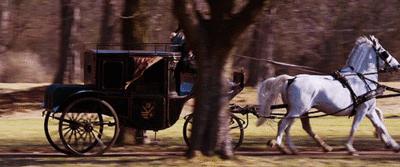

Bibliography:
Caroline Zoob, Virginia Woolf's GARDEN- The story of the garden at Monk's House, Photography by Caroline Arber, Foreword by Cecil Woolf, Jacqui Small LLP, London, 2013
Quotations:
1- Caroline Zoob, Virginia Woolf's GARDEN- The story of the garden at Monk's House, Photography by Caroline Arber, Foreword by Cecil Woolf, Jacqui Small LLP, London, 2013, page 20
2 - op. cit., page 8
3 - Ibidem, page 119
4 - Ibidem, page 30
5 - Ibidem, page 93
6 - Ibidem, Foreword, page 6
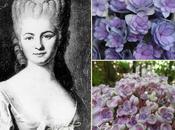

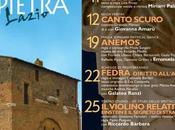
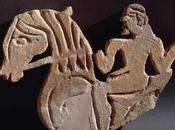
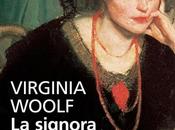
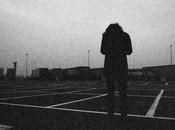


Inviato il 17 agosto a 08:20
Ringrazio il team di Paperblog per aver scelto questo mio articolo che continua a rimanere tra i più letti !